Das Kameragehäuse ist eine Leica Standard. Sucher und Entfernungsmesser sind von einem anderen Hersteller montiert wurde. Im Buch “300 Leica Copies” konnte ich nichts änliches finden. Das Objektiv Elmar 1:3,5/50mm Nr. 279689 wurde am 25.03.1936 nach London geliefert.
“The camera body is a Leica Standard. Viewfinder and rangefinder have been installed by another supplier. In the book “300 Leica Copies” I could find nothing similar. The 1:3.5/50mm Elmar lens, number 279689, was delivered to London on 25 March 1936.”
This is the factory report that came back with a very odd early Leica that landed one day on Ivor Cooper’s desk at Red Dot Cameras in London. In addition to being a premier Leica retailer, Red Dot is a specialist in early Leicas and stocks a very wide selection of screw-mount and M film cameras to suit every budget.
From time to time something unusual crops up. So it was with this strange hybrid of a Leica Standard, likely made between 1933 and 1939, with what is clearly a rather neat modification to add a rangefinder/viewfinder similar to that of the Leica II from 1932 onwards. While this is clearly a well-executed modification, there is no indication of when or how it was done. Furthermore, the rangefinder housing covers the serial number so it is difficult to pin down the year of manufacture. Ivor wondered whether this could have been some Leica II prototype produced in the factory so sent it over to Wetzlar for inspection.
The factory confirmed that the camera is a Leica Standard but was sure that this was a modification carried out by a third party, although obviously a pretty competent third party. One clue comes from the lens which does have a number and the factory was able to confirm that it had been delivered to London on 25 March 1936. It is therefore more than likely that the modification was carried out somewhere in Britain and it is possible that the camera and lens were supplied together in 1936.
As an oddity, this camera will have some rarity value. Does anyone have any clue as to who might have done the work and where it was carried out?
Photographs by Francis Qureshi of Red Dot Cameras

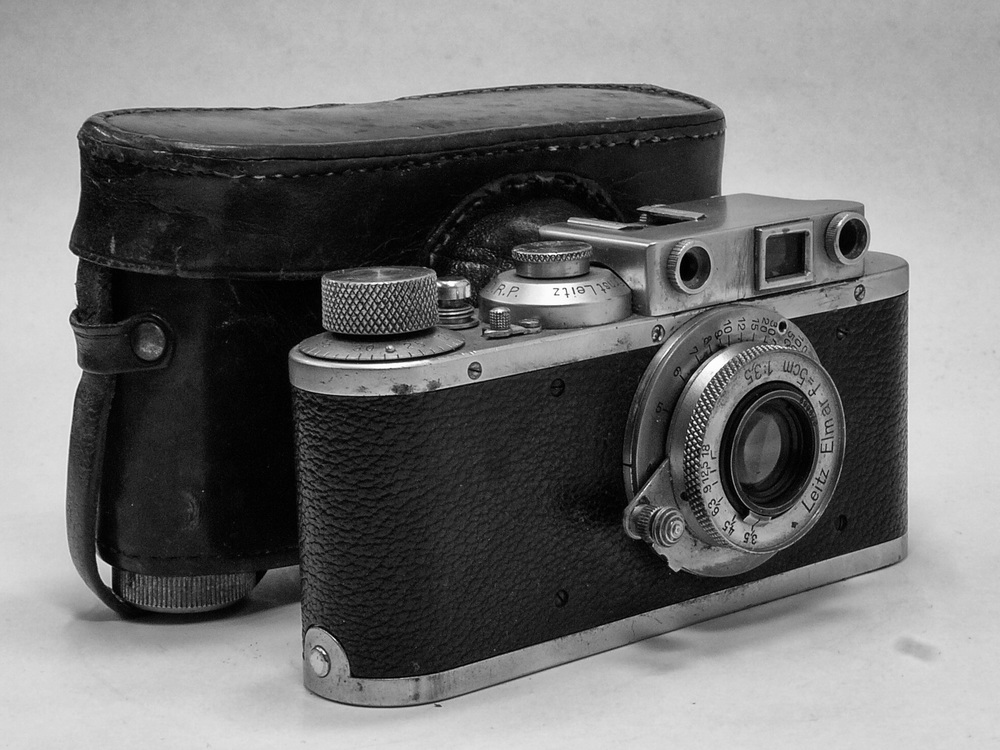
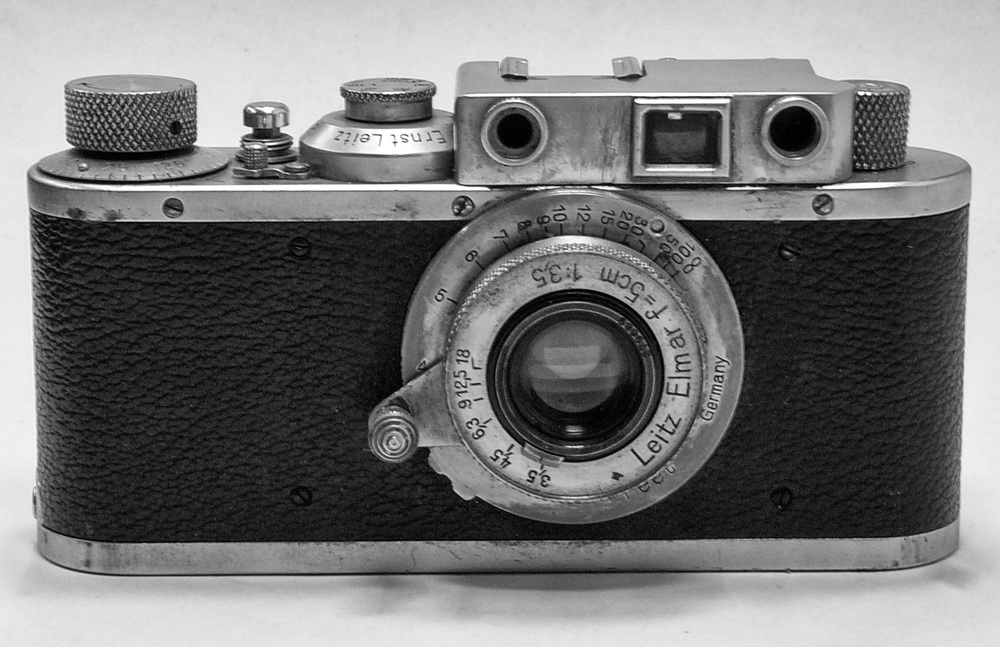
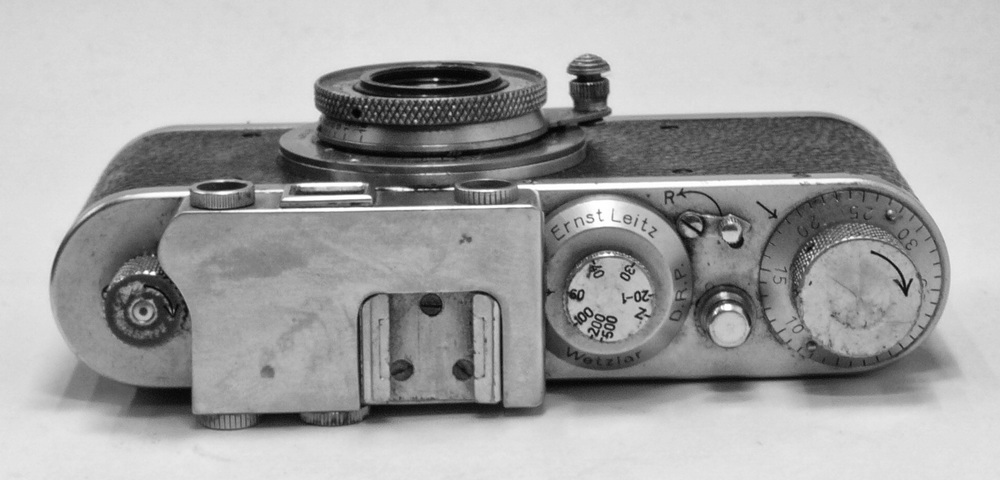
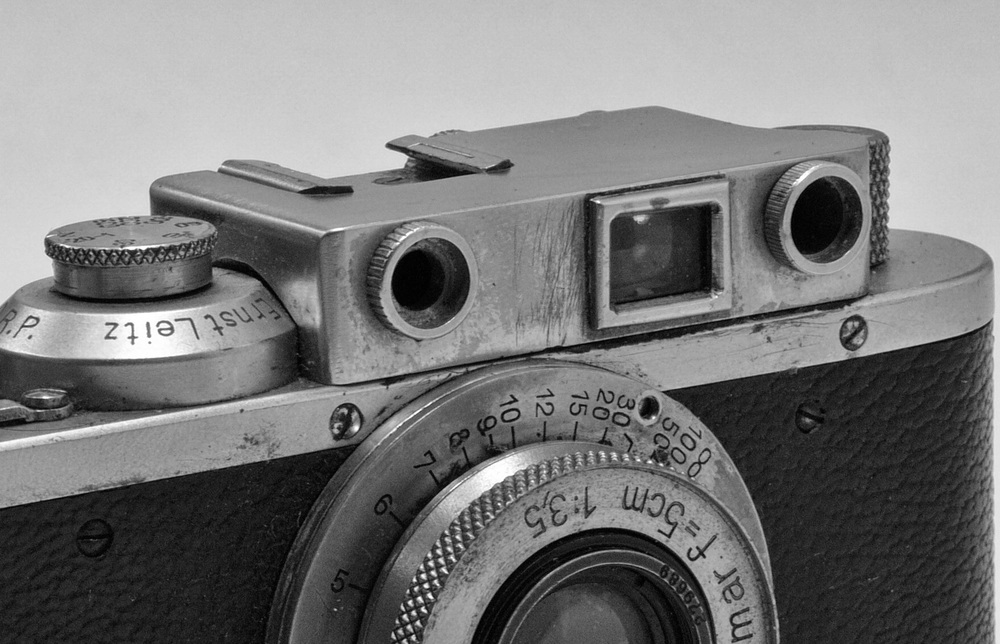
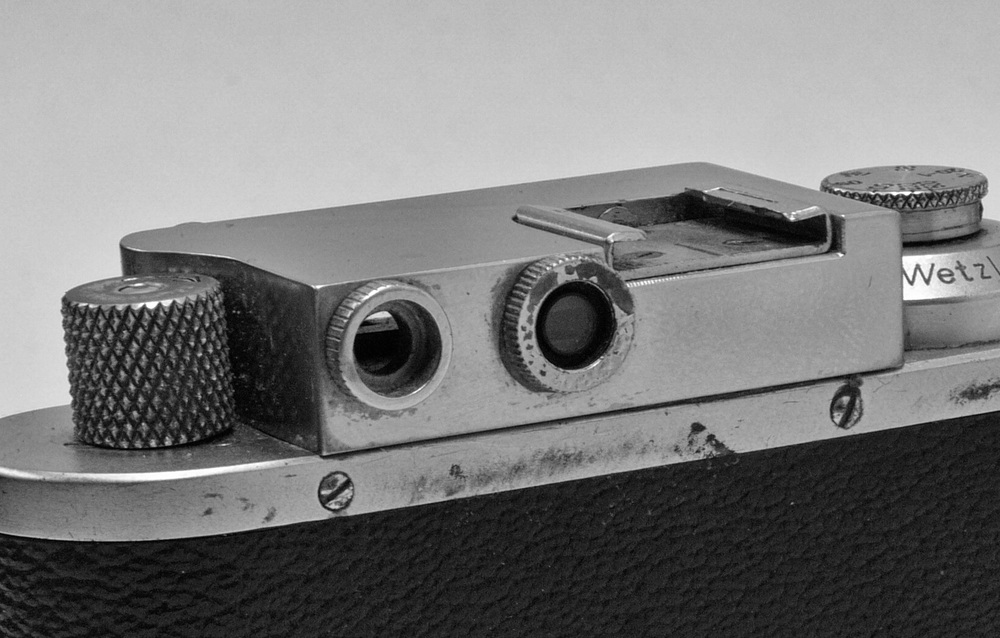
I think that this is unlikely to be a prototype. The II and the Standard appeared firstly in black and nickel and around the same time in 1932. Indeed, it seems that the II was out first, starting with serial number 71200 with the Standard first appearing with the serial number 101001. A Standard was, however, used for the first mock up of the III in black and nickel – see page 62 of Paul Henry van Hasbroeck’s Leica book (he says Leica I , but the rewind looks to me like that of a Standard). What would answer some of the questions would be if a skilled mechanic were to remove the rangefinder housing to allow observation of the serial number. The housing itself is not made by Leica. Could it have come from a Russian copy or was it ‘home made’? The other thing not mentioned here is how well is the rangefinder mechanism working. The Standard did not have a rangefinder cam; so one would have had to be fitted. The ‘correct’ Leica rangefinder cam for that period was round and not sharp or triangular like the Russian copies.
These are just some thoughts about what is a very interesting camera. It would be nice if somebody could come up with some history or provenance on this item.
William
I should have made this clear, William. It does have a cam and Ivor thinks that it is working correctly. All in all it is a very interesting piece of kit.